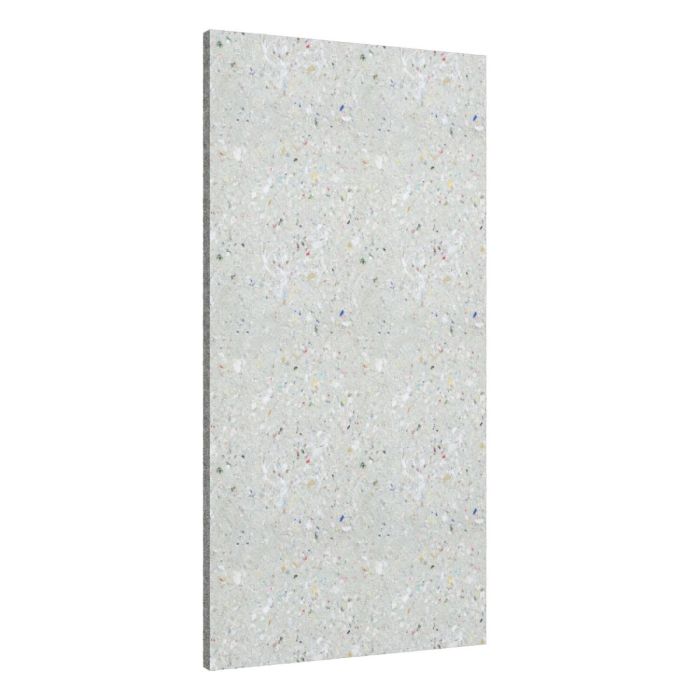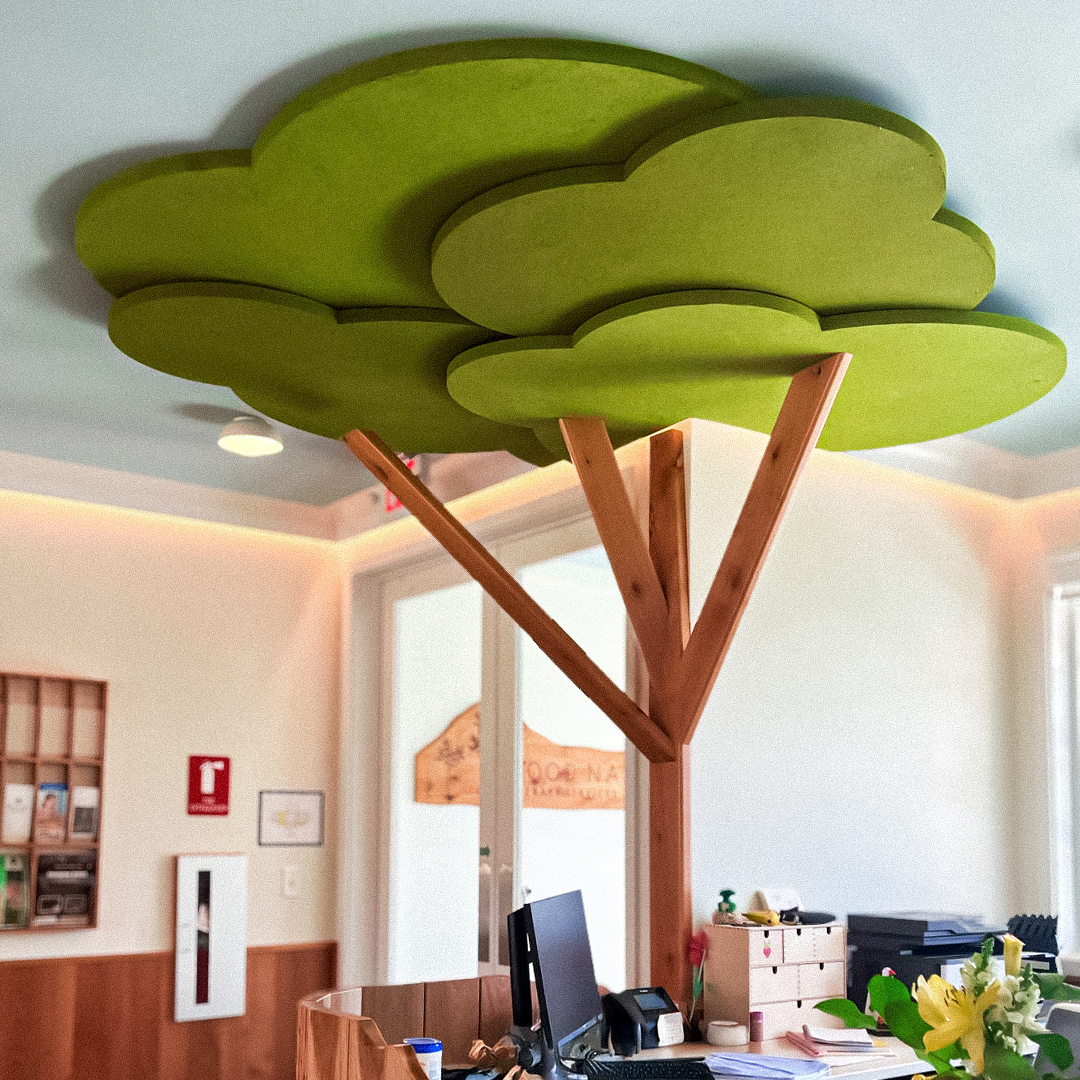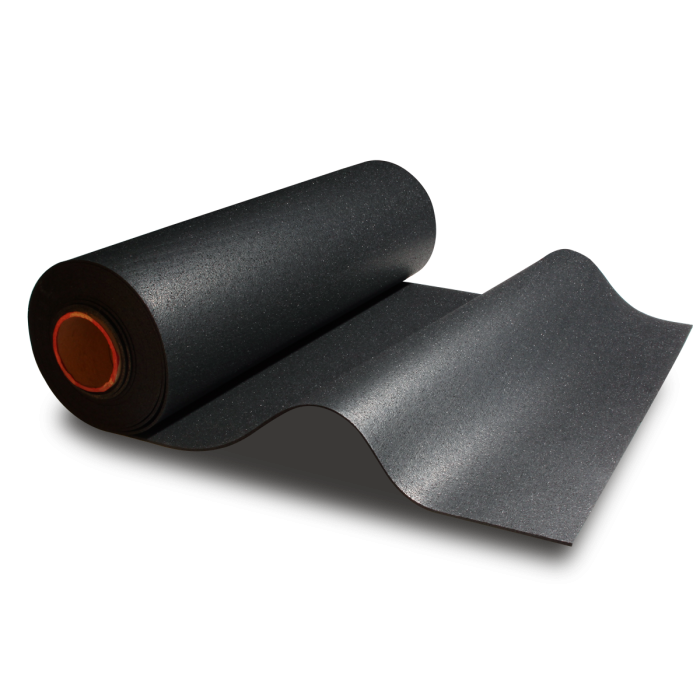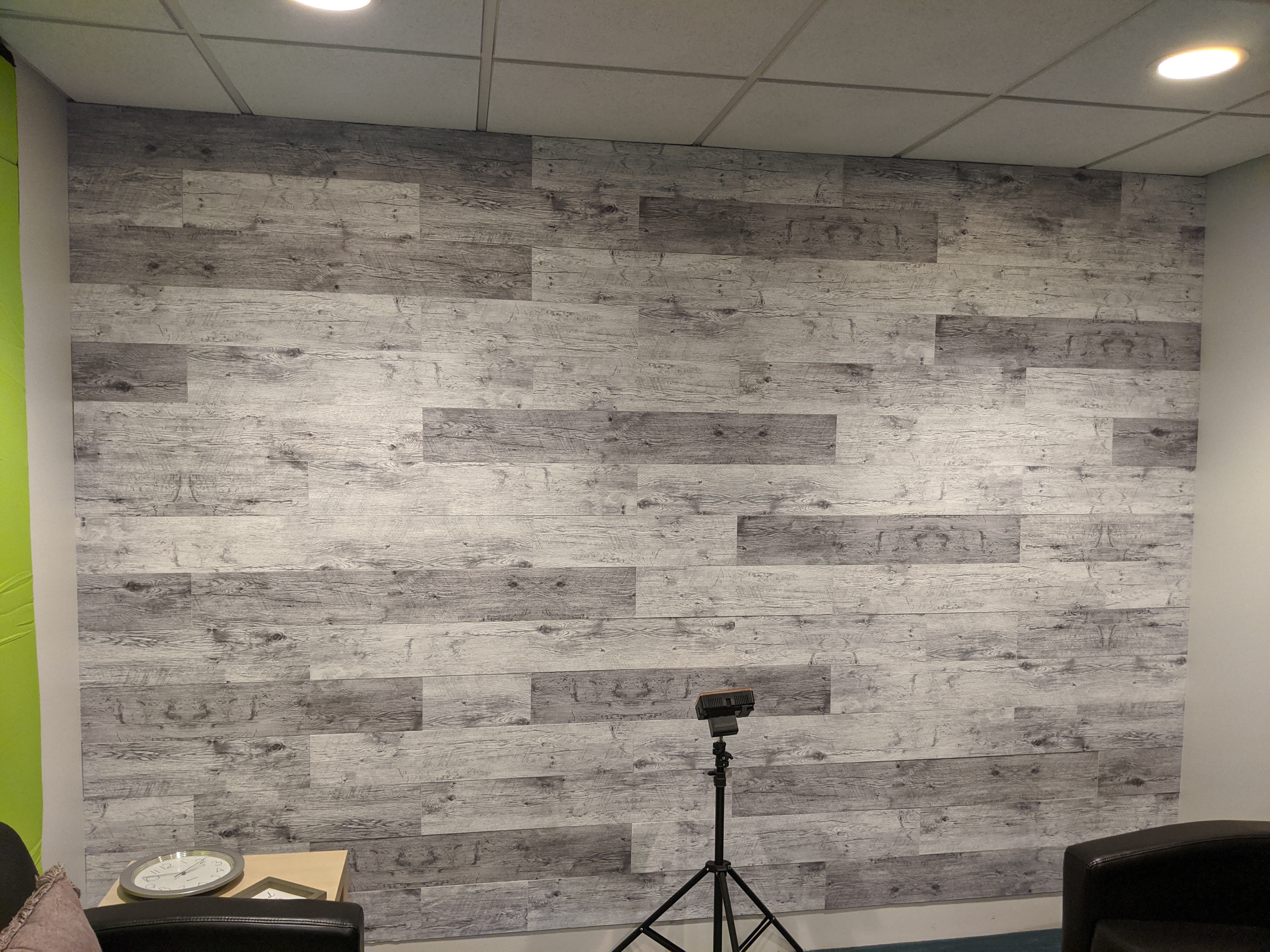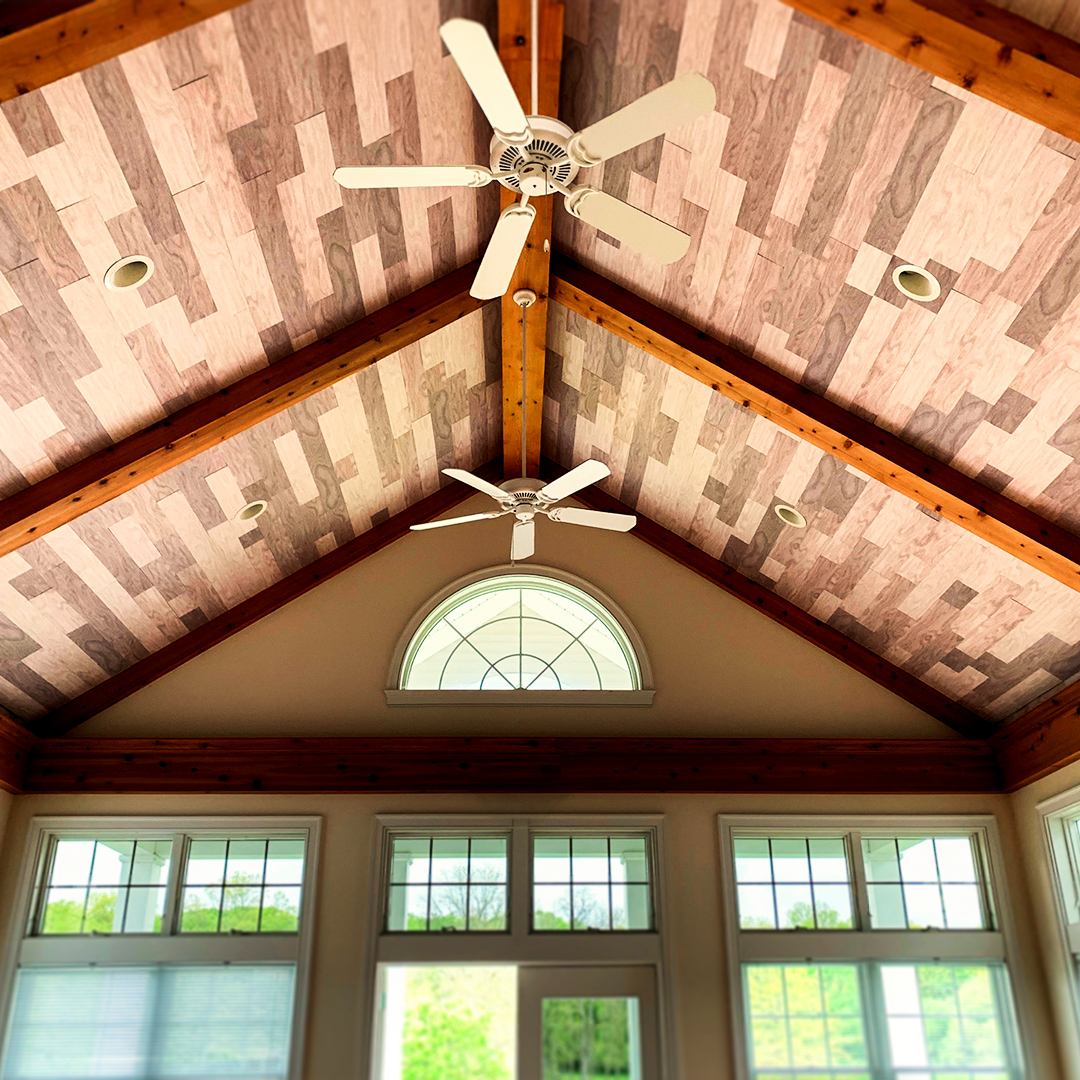DIY Acoustic Panels and Sound Solutions
- Oct 31, 2025
More and more people are taking on "DIY," or "Do It Yourself," projects, especially in the home improvement field: a 2025 survey by FrontDoor found that 98% of American homeowners have completed at least one DIY project at their home.
The motivations behind do-it-yourself home improvement projects vary: some DIYers are looking to save money, while others want to satisfy creative urges and be "hands on" while doing so. Regardless of the reasons, the goal for most DIY home projects is the same: to enliven and enhance a home's comfort, appeal, and livability.
DIY acoustics is no different. Just like building a back deck or painting a bedroom, improving a space’s sound quality is a task you can tackle on your own ... provided you have the right tools, materials, and know-how.
Here's some tips on completing DIY acoustic projects to reduce echoes and reverberations within a space:
1. Identify Your Sound Management Goal
What are you trying to achieve with your acoustic project? Do you have too much echo in a room? Do you want better sound quality in your home theater or drum room? Are you trying to reduce reverberations in a dining room or kitchen? Different sound challenges call for different sound solutions: in the case of reducing echo or reverberation, you'll want to create a sound-absorbing solution (if you're trying to stop sound from entering or exiting a space, that will require the installation of a sound-blocking material like Mass Loaded Vinyl or our eco-friendlier version, Peacemaker.
2. Identify Points of Reflection Within Your Space
Sound waves echo around a room when they bounce off hard, non-porous surfaces, such as drywall, hardwood, glass, brick, or metal. By treating these highly reflective surfaces with sound-absorbing materials, you can dramatically reduce echoes and reverberations. Check out this guide to finding reflection points in a room. A good rule of thumb in acoustics is to cover at least 15% to 20% of your wall space to improve sound quality. You can check out our calculator to get an estimate based on your space.
3. Add Sound-Absorbing Furniture or "Finished" Acoustic Panels
Carpets, curtains, and upholstered furniture like armchairs or couches are all absorptive due to their porous construction, as will off-the-shelf acoustic panels like Audimute's Fabric, AcoustiColor®, AcoustiWood®, and AcoustiStone® options, each of which is eco-friendly and easy to install.
4. Add DIY eco-C-tex® Acoustic Products from Audimute
If you want something "unfinished" and more traditionally "do-it-yourself", check out our DIY eco-C-tex® products, available in multiple sizes, shapes, and styles. eco-C-tex is Audimute's signature sound absorption material, consisting of a blend of recycled cotton and cellulose fibers, the majority of which are post-consumer recycled newspaper.
Every Audimute DIY eco-C-tex product can be wrapped with acoustical fabric, coated with paint, or simply left as is. They can also be cut into different shapes and sizes with a utility knife, allowing you to fashion a unique sound management solution of your own design.
Our line of DIY eco-C-tex sound solutions include:
- DIY eco-C-tex Acoustic Panels
- DIY eco-C-tex Beveled Edge Acoustic Panels
- DIY eco-C-tex Acoustic Shapes
- DIY eco-C-tex Audimute Strata®
- DIY eco-C-tex Audimute Strata Sticks
It might be "do-it-yourself" but that doesn't mean you have to do it alone: let Audimute's industry-leading sound-absorbing products and team of Acoustic Specialists help out as you become the architect of your own sound solution!


